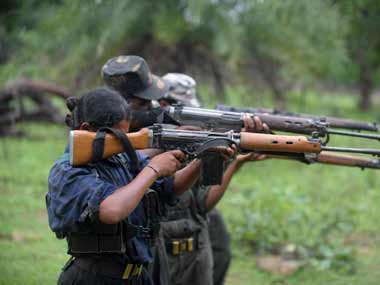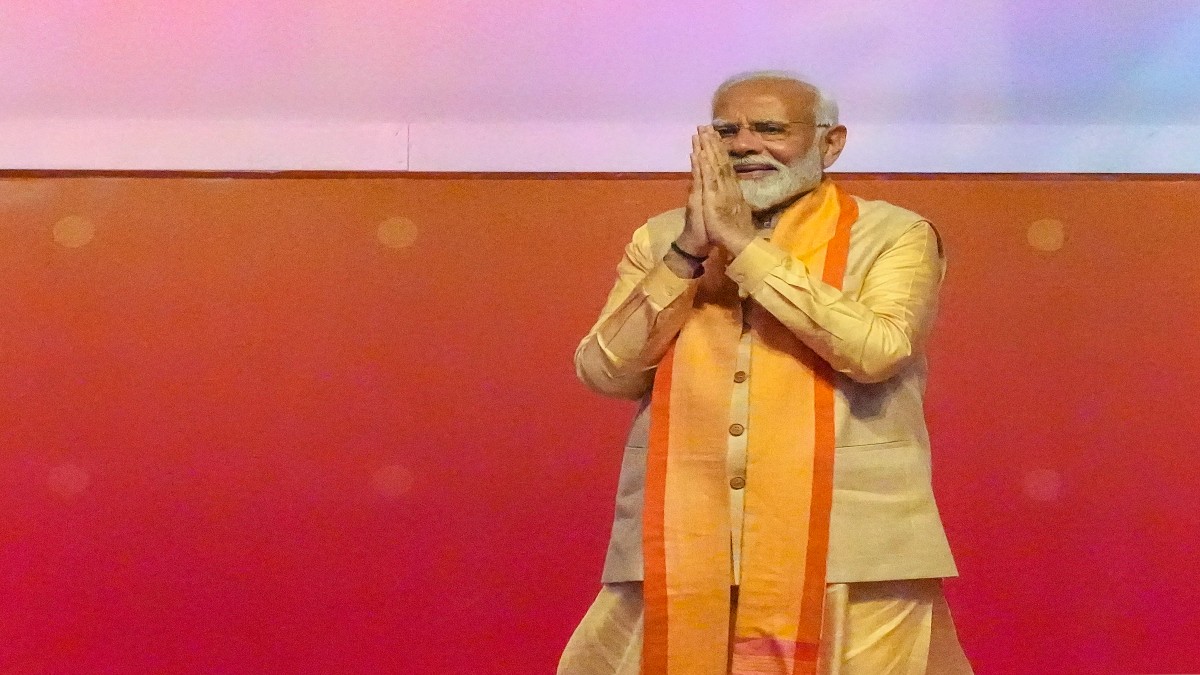The security experts do not rule out the possibility of a nexus between Maoists and Pakistan’s Inter-Services Intelligence (ISI) proxies in the Maoist attack on a railway station in Odisha in the early hours on Friday. Though no casualty happened in the attack on a railway station in Odisha’s Rayagada district, attacking railway stations and rail tracks is a dangerous trend, where the militants blow up rail tracks to cause a large-scale damage to life and property.
As per the reports, a group of 15-20 Maoists stormed Doikalu railway station under Sambalpur Railway Division after midnight, ransacked the station master’s office and created bomb blasts. The attackers had set off one of the blasts in the station master’s office and also reportedly tried to bomb the engine of a goods train.
“Blowing up railway tracks by using chain improvised explosive device (IED) is a dangerous trend. A possible involvement of Pakistan’s ISI-backed sleeper cells can’t be ruled out, as these modules for quite some time had been trying to contact insurgent groups in the country,” counter-terrorism analyst Anil Kamboj said.
According to intelligence sources, on the day of terror attack at Nagrota in Jammu and Kashmir in November 2016, three Pakistani terrorists with heavy weapons and ammunition, AK-47 rifles, hand grenades and chain IEDs were detected and neutralized, while they entered India through a tunnel at the international border.
“From their GPS, it was found that they had plans to target police station, railway station and a training school. They had planned to blow off rail tracks by using chain IEDs,” an intelligence agency source said.Cash crunch amongst Maoists due to demonetisation move is what the experts see as a possible factor for the Left-wing Extremists (LWEs) to align with the ISI-backed sleeper modules.
Cash crunch amongst Maoists due to demonetisation move is what the experts see as a possible factor for the Left-wing Extremists (LWEs) to align with the ISI-backed sleeper modules. “Due to note ban, the Maoist groups ran out of cash that they had with them in big amount. As per reports, they are facing severe cash crunch. Besides, logistic support, the possibility of financial support in lieu of causing damages can’t be ruled out. It’s no more ideological warfare for the Maoists, as they had been claiming in the past,” added Kamboj.
Referring to the role of Pakistan-sponsored terrorism, Union Home Minister Rajnath Singh said in the Parliament on Friday, “Not only the House, the entire country is aware of the fact that Pak-sponsored infiltrators and Pak-sponsored terrorists are trying to create an atmosphere of terror in Jammu and Kashmir. And I believe that they not only want to create an atmosphere of terror in Jammu and Kashmir, or they are not only trying to destabilise Jammu and Kashmir, but they are trying to destabilise the entire country.”
Defence analyst Brig (retd) Narendra Kumar said, “Looking at the incident in a holistic manner, in any hybrid threat, the endeavour is to create a situation when a state collapses and the institutions are unable to function. Though there’s no empirical evidence, the circumstantial situation points towards a possibility of a nexus between the Maoists who attacked the railway station and sleeper modules. In such situations, Pakistan never leaves an opportunity to take advantage. Financial support to Maoists by ISI-backed modules can’t be ruled out, as the latter would always look for the opportunity to create instability in India.”
In May 2010, the Maoists blew up railway track in West Bengal’s Jhargram district, derailing Howrah-Kurla Lokmanya Tilak Gyaneshwari Super Deluxe Express that led to the death of 141 passengers. In October 2016, a powerful IED was detected at a railway track at Ghorasahan, in East Champaran district of Bihar, which was safely defused by the police. Later, in January this year, Bihar police after arresting three persons, claimed ISI’s involvement behind the train accident near Kanpur and planting of bomb on rail track at Ghorasahan.
According to CRPF sources, a combing operation has been launched jointly by the CRPF and Special Operation Group (SOG) of the Odisha police to find out the possible links. “Though fortunately no one has got injured in the incident, we’re taking the incident very seriously as 12 of our jawans got killed in the Maoist ambush at Sukma on 11 March. After facing pressure in Chhattisgarh, Naxals are trying to assert their position elsewhere, as in Odisha this time,” an official of the elite force said.
From the security point of view, this attack also has raised serious concern as the Maoists by pasting posters at the railway station have opposed the proposed two-day visit of Prime Minister Narendra Modi to attend BJP’s national executive meeting on 15 and 16 April in Odisha. “As Maoists don’t believe in a democratic system, they have opposed the prime minister’s visit. They do it everywhere, every time. They opposed elections and also when the US President Barak Obama visited India,” the CRPF source added.


)




)
)
)
)
)
)
)
)